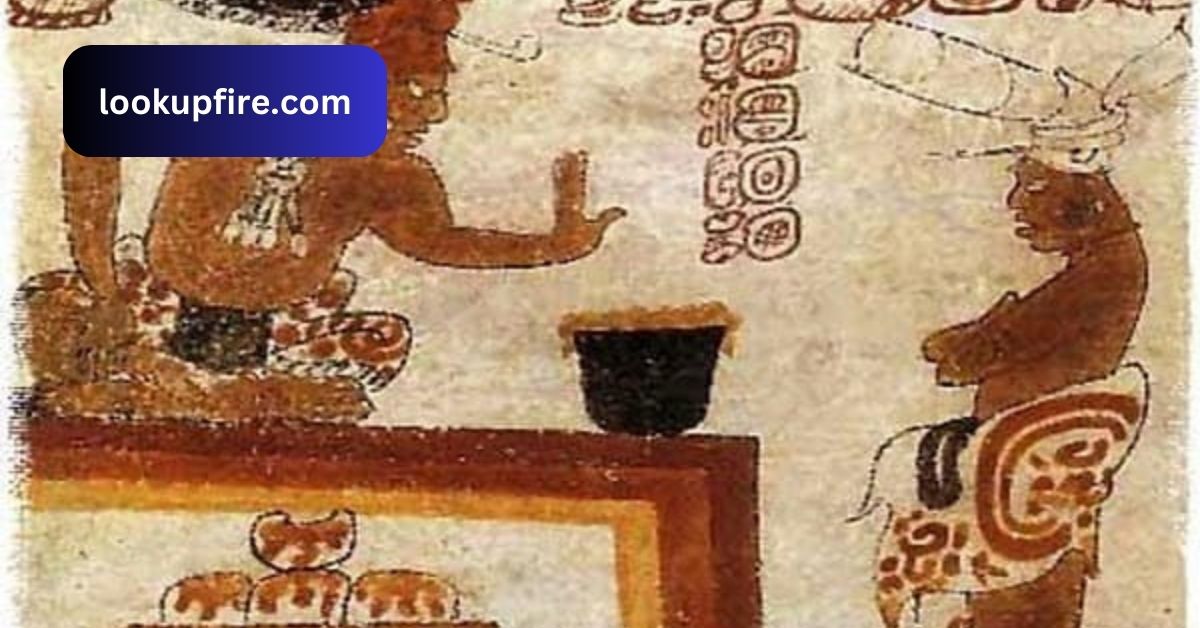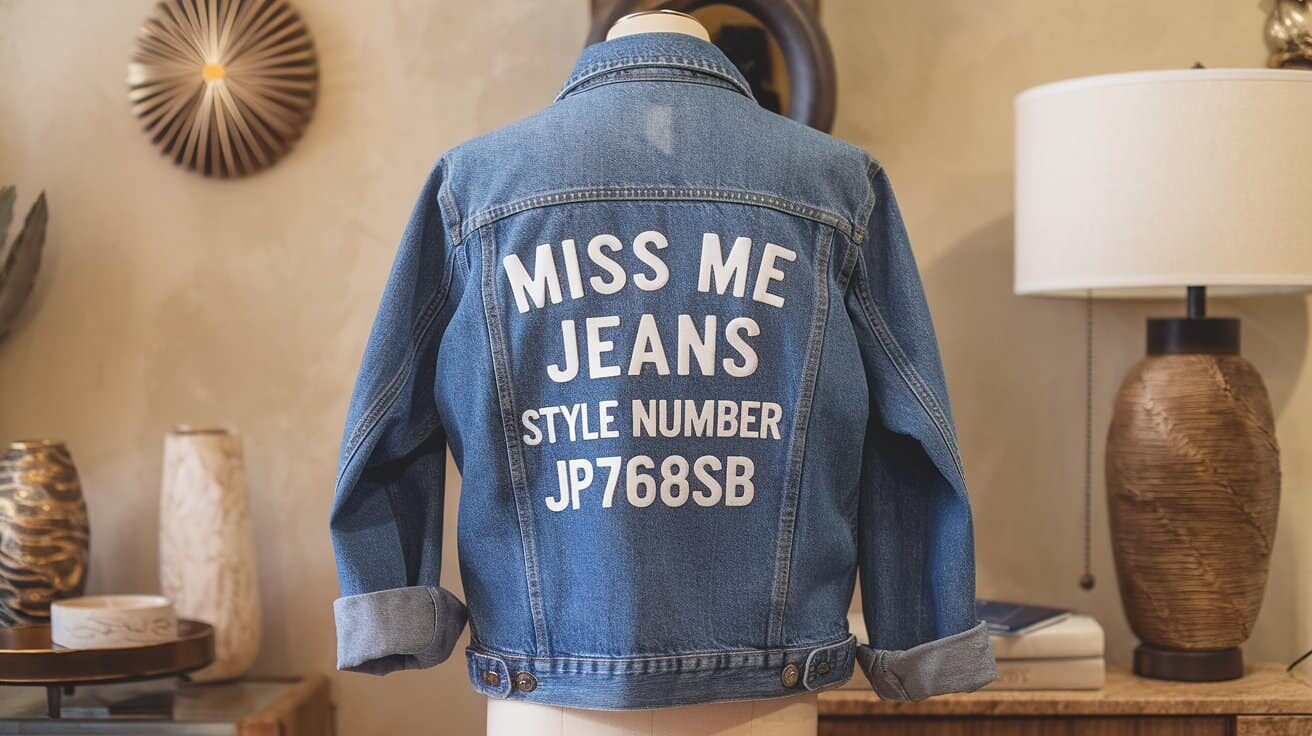I’ve always loved playing soccer, but it wasn’t until I discovered the mýč, or ball, that I truly felt the game’s magic. This simple ball became my best companion on the field, helping me improve my skills and enjoy the sport even more.
Mýč, the Czech word for ball, is a versatile object used globally in sports, education, and therapy. Its history spans from ancient materials to modern innovations, impacting physical fitness, learning, and recreational activities.
What Is A Mýč, And How Does It Differ From Other Types Of Balls?
A mýč is simply the Czech word for “ball.” It refers to any round object used in various activities, like sports, games, or therapy. What makes a mýč special is not just its shape but how it’s used. While “ball” in general can mean many things like a soccer ball, a basketball, or a beach ball a mýč can be any type of ball, each designed for different purposes. So, while all mýč are balls, not all balls are mýč; the term “mýč” can cover a wide range of ball types used in different ways.
How Did The Design Of Mýč Change From Ancient Times To Today?
The design of mýč, or balls, has changed a lot over time. In ancient times, people made balls from things like animal bladders or leather, which were quite basic and didn’t last long. As time went on, especially during the Middle Ages, balls improved with the use of inflated pig bladders covered in leather. Then, with the Industrial Revolution, balls started being made from rubber, making them much better.
What Materials Were Used To Make Early Versions Of Mýč?
- Animal Bladders: Inflated bladders from animals like pigs or goats were used to create early balls.
- Leather: Leather was commonly used to cover or wrap around the inflated bladders, making them more durable.
- Plant Fibers: Balls made from woven plant fibers provided a flexible and lightweight option.
- Wood: Some ancient cultures used wooden balls for games and rituals.
- Hemp and Other Natural Materials: Hemp and other natural materials were sometimes used to craft balls, especially in early ball games.
What Role Did The Mesoamerican Ballgame Play In The History Of Mýč?
The Mesoamerican ballgame was a big deal in ancient Mesoamerica. People played this game with a special rubber ball, called mýč. It wasn’t just for fun; it had a lot of cultural and religious importance. The game was often played in large courts and could be part of important ceremonies. Sometimes, it even had a role in politics. This shows how mýč, or balls, have been important not just for sports but also in cultural and spiritual events throughout history.
What Are The Different Types Of Mýč Used In Sports, And How Are They Designed?
1. Soccer Ball:
Soccer balls are round and made from synthetic leather or a similar material. They feature a stitched or bonded surface to maintain durability and shape. The inner bladder is inflated with air to provide bounce and maintain the ball’s roundness.
2. Basketball:
Basketballs are larger and heavier compared to many other sports balls, covered with textured leather or synthetic material for better grip. Their design includes a deep pattern of channels to help with control during dribbling and shooting. The interior is filled with air to ensure consistent bounce and performance.
3. Tennis Ball:
Tennis balls are small, lightweight, and covered with a fuzzy felt that helps with grip and bounce. They are pressurized inside to maintain their bounce and consistent performance on the court. The felt covering also affects how the ball interacts with the racket and the playing surface.
4. Volleyball:
Volleyballs are designed to be lightweight and are covered with synthetic leather or composite materials. They are soft to handle, making them easier to pass and set during play. The design ensures a consistent flight path and controlled impact when struck.
5. American Football:
American footballs have an oblong shape with a leather or synthetic cover and stitched laces for better gripping. Their design allows for accurate throwing and catching, and they are built to endure physical contact and rough handling. The air-filled bladder inside helps the ball maintain its shape and bounce.
How Has The Industrial Revolution Influenced The Development Of Mýč?
During the Industrial Revolution, making balls, or mýč, changed a lot. Before this time, balls were made by hand from things like leather and animal bladders. With new machines and techniques, making balls became faster and more precise.
A key invention was vulcanized rubber, which made balls stronger and bouncier. This meant that sports balls could be made better and used in games like soccer and basketball. The Industrial Revolution helped create the high-quality balls we use today.
How Are Therapy Balls, A Type Of Mýč, Used In Physical Therapy?
Therapy balls, which are a type of mýč, are commonly used in physical therapy to help people recover from injuries and improve their strength and balance. These large, inflatable balls are used in various exercises that target different muscle groups.
For example, sitting on a therapy ball can help improve core strength and stability, while rolling the ball under your back can stretch and relax tight muscles. Physical therapists often use these balls to create fun and engaging workouts that make rehabilitation more effective and enjoyable.
How Do Educational Balls, A Type Of Mýč, Assist With Student Learning?
Educational balls, a type of mýč, help students learn by making lessons more interactive and fun. Teachers use these balls in activities that teach different subjects, like math or physical education. For example, a ball might be used in a math game where students answer questions before tossing the ball to a classmate.
This not only makes learning more enjoyable but also helps students remember information better. By incorporating physical movement and play, educational balls make learning feel less like a chore and more like an exciting game.
What Technological Improvements Have Been Made In Smart Mýč?
- Sensors:Smart mýč now have sensors inside them that measure things like how fast they’re moving and how they’re spinning. This helps athletes see how well they’re doing.
- Data Tracking:These balls can connect to apps or devices that track and show detailed information about performance. This makes it easier to understand what to work on.
- Better Accuracy:The sensors in smart mýč are more accurate now, giving precise readings so athletes get the right feedback.
- Stronger Design:New materials and designs make smart mýč more durable, so they last longer even with regular use.
- Easy Connectivity:Smart mýč can connect to phones or other devices through Bluetooth or Wi-Fi, letting users see performance data right away.
What Future Trends Are Expected For Mýč In Materials And Design?
In the future, balls, or mýč, will likely use new, eco-friendly materials that are better for the planet, like recycled plastics or materials that break down naturally. Ball designs will also get better with technology, making them more durable and fun to use. For instance, we might see balls with sensors that track how well you play. These changes will make balls more useful and better for the environment.
FAQ’s:
1. What types of materials are used to make modern mýč?
Modern mýč are made from materials like synthetic leather, rubber, and composite materials for better durability and performance.
2. How have ball designs changed over time?
Ball designs have evolved from simple, natural materials to advanced, high-tech designs, including features like improved aerodynamics and durability.
3. What is a smart mýč and how does it work?
A smart mýč has built-in sensors that track various performance metrics, such as speed and spin, to help athletes analyze and improve their game.
4. Why are eco-friendly materials important for the future of mýč?
Eco-friendly materials are important because they reduce environmental impact and promote sustainability by using recycled or biodegradable substances.
Conclusion:
Mýč, or balls, play a vital role in many areas of our lives, from sports and education to therapy and recreation. Their evolution from simple, natural materials to advanced, high-tech designs highlights their importance and versatility.
As we look ahead, innovations in materials and technology promise to make balls even more effective and environmentally friendly, continuing to enrich our experiences and activities.



![[Img]HttpsLookpic.ComCdnI2S05282024182719-001.Jpg[Img]](https://lookupfire.com/wp-content/uploads/2024/08/ImgHttpsLookpic.ComCdnI2S05282024182719-001.JpgImg.jpg)